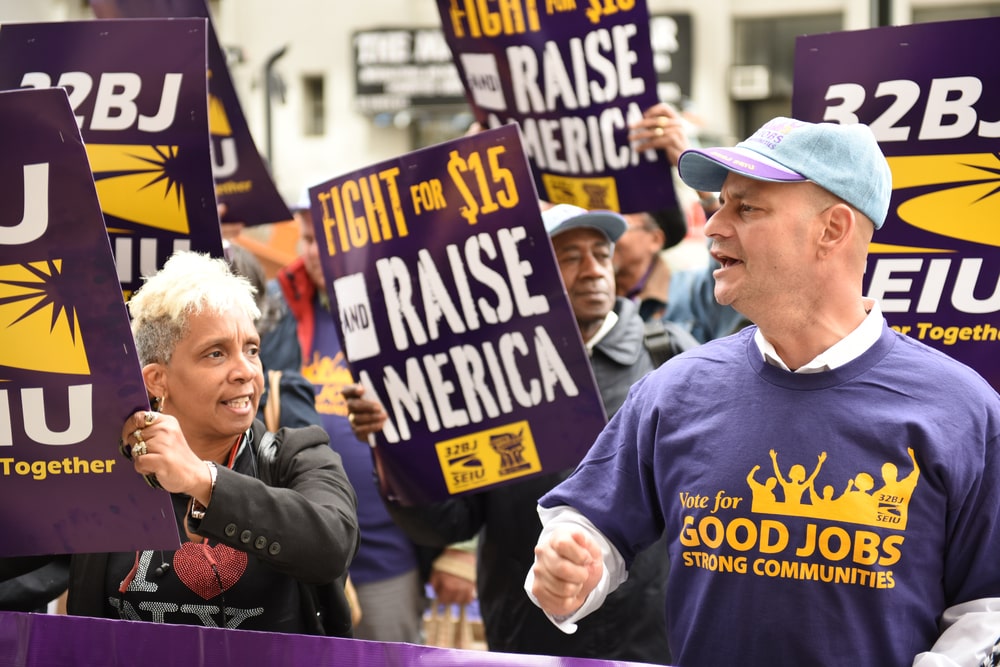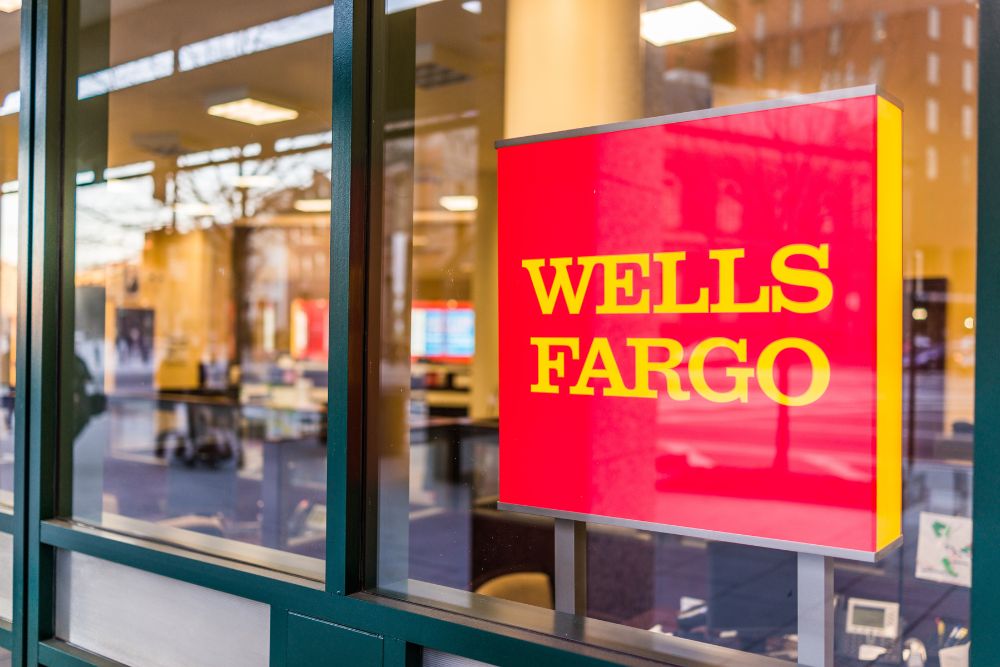
Key Points
- When the new year hits, around 8.4 million US workers get a higher salary. This comes straight from the Economic Policy Institute.
- It’s not the entire US, but nearly half, with 23 states ready to increase the minimum wage. This is because of legislation and inflation.
- States continue to raise their local minimum wage above the federal minimum of $7.25 / hour.
As the clock strikes midnight and we approach the New Year, workers will be pleasantly surprised to notice that payment has gone up if they live in one of the 23 States raising their minimums.
The Economic Policy Institute has produced information that these workers are getting ready to get the increase. The increase comes from numerous factors such as ballot measures, legislation, and inflation adjustments kicking in at this time. This will help the 8 million+ workers collectively increase their overall pay by $5 billion. This also helps those disproportionately affected, such as those of color or women, to get a bit more come the new year.
Other items of note:
- 2+ million of these workers are parents and will see their income go up, with around half being single parents.
- Two more states are raising their minimum wages up to or past the $15 per hour mark, Massachusetts ($15 per hour or $659 increase per year) and Washington ($15.74 per hour or $850 increase per year).
- Delaware seems to have one of the biggest annual increases at almost $1,000 per year.
This is not something new, as it appears that the States and their local municipalities have decided not to wait for the federal wage to improve, which has sat at that $7.25 rate for the better part of 13 years. This has made 30 States already have rules and regulations to pay higher than what the Federal Government sets as the minimum wage.
The so-called fight to get $15 per hour began in 2012. So far, having those types of localized wage increases has improved the output economically by almost $88 billion. This information comes from the National Employment Law Project. In addition to the economic growth, they’ve helped to reduce the wealth gap between black workers and their white counterparts. At the same time, they helped to support jobs totaling over 450,000.
Private companies and local businesses have already increased wages beyond what the State or Federal minimums are, with the average rate being just under $33 per hour, according to payroll data in November for those not working on a farm.
This isn’t universal across the board, and some areas, such as hospitality or other low-pay industries such as leisure, still have a lower average of around $20 to $21 per hour. The Urban Institute pushed out a document in September stating that a federal minimum wage of $15 per hour would push over 7.5 million people in America out of the poverty line. In addition, the states that continue to stick to the federal minimum wage have a larger population of black people who work, which only helps to widen the wealth gaps caused by race.
The federal government continues not being able to increase the federal minimum wage to $15 per hour, even when the Democrats controlled it. The house is now led by the GOP and focuses more on reducing inflation and having a tighter budget.








